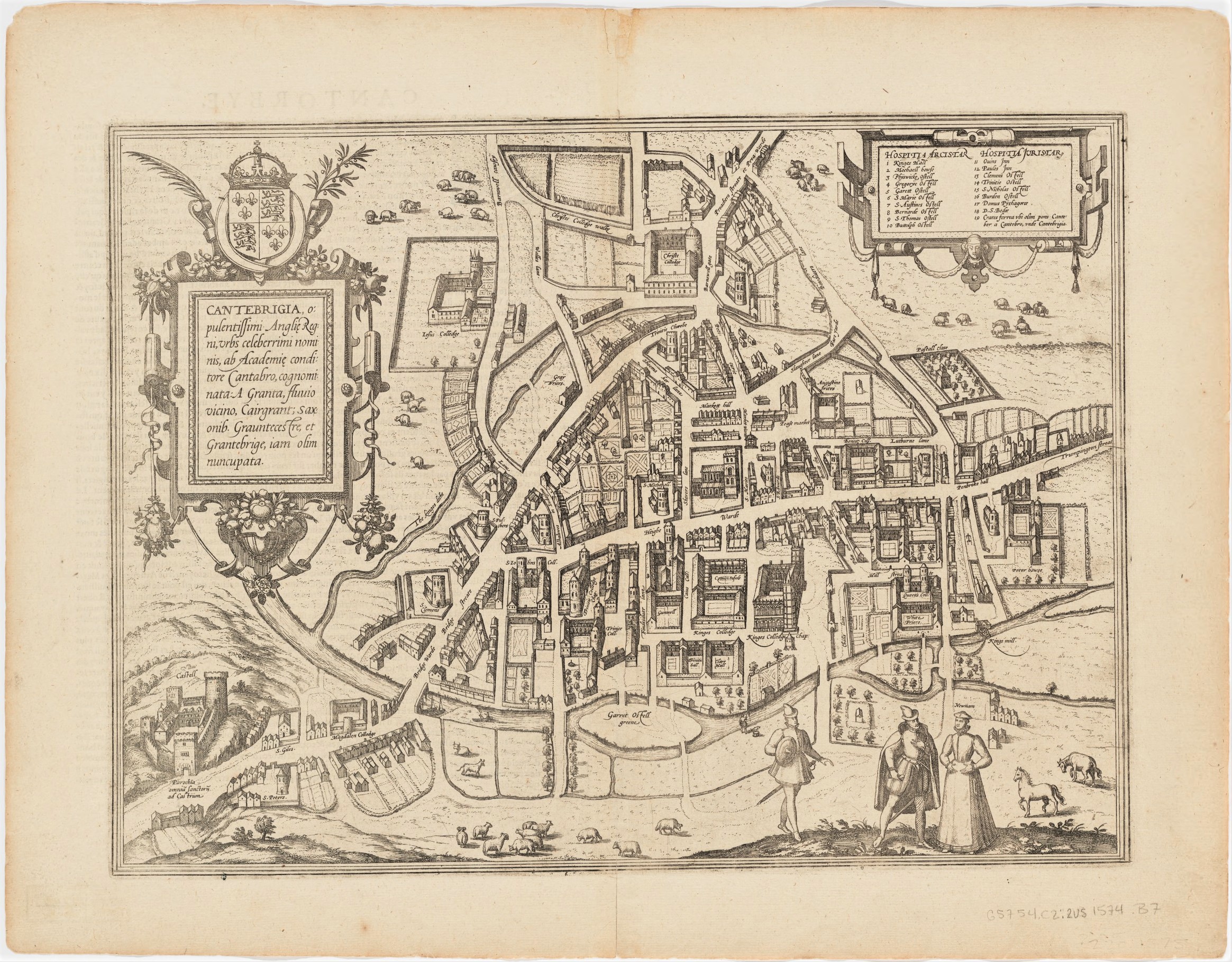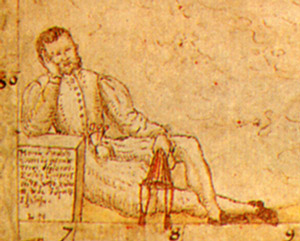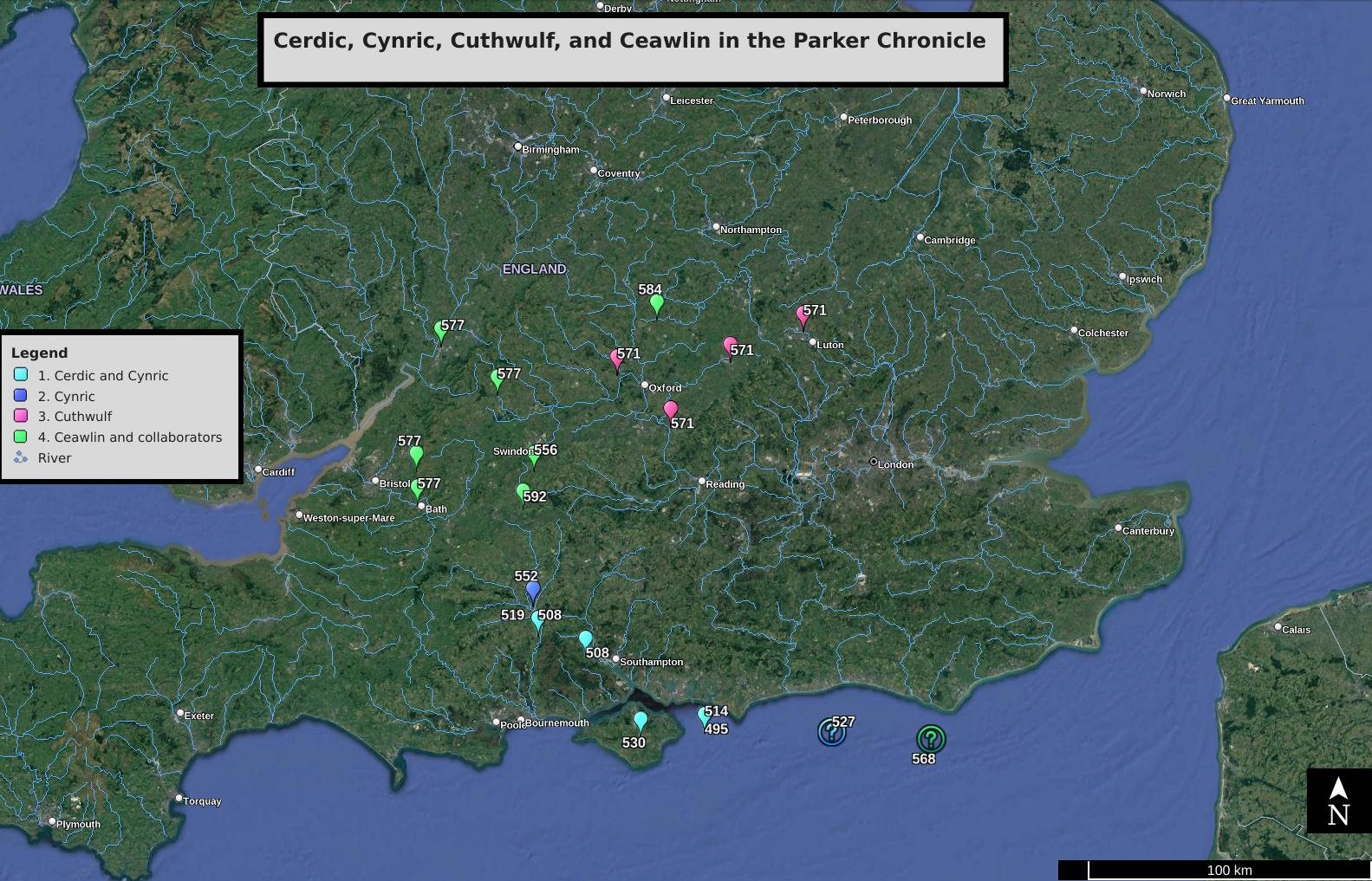|
Matthew Parker
Matthew Parker (6 August 1504 – 17 May 1575) was an English bishop. He was the Archbishop of Canterbury in the Church of England from 1559 to his death. He was also an influential theologian and arguably the co-founder (with Thomas Cranmer, a previous Archbishop of Canterbury, and the theologian Richard Hooker) of a distinctive tradition of Anglican theological thought. Parker was one of the primary architects of the Thirty-nine Articles, the defining statements of Anglican doctrine. The Parker collection of early English manuscripts, including the book of St Augustine Gospels and "Version A" of the ''Anglo-Saxon Chronicle'', was created as part of his efforts to demonstrate that the English Church was historically independent of Holy See, Rome and was one of the world's most important collections of ancient manuscripts. Along with the pioneering scholar Laurence Nowell, Lawrence Nowell, Parker's work concerning Old English literature laid the foundation for Anglo-Saxon stu ... [...More Info...] [...Related Items...] OR: [Wikipedia] [Google] [Baidu] [Amazon] |
The Most Reverend
The Most Reverend (abbreviated as The Most Revd or The Most Rev) is an honorific style (form of address), style given to certain (primarily Western Christian, Western) Christian clergy and Christian minister, ministers. It is a variant of the more common style "The Reverend". Catholic In the Catholic Church, two different systems may be found. In most countries, all bishops are styled "The Most Reverend", as well as monsignors of the rank of protonotary apostolic ''de numero''. In the United Kingdom, only archbishops bear the style "The Most Reverend", with other bishops styled "The Right Reverend". By custom, this title is used for the Minister general, ministers general of the various branches of the Order of Friars Minor as well as of the Third Order Regular of St. Francis. Eastern Orthodox In the Eastern Orthodox Church, Eastern Orthodox tradition, archbishops under the Ecumenical Patriarchate (those who are not the Primate (bishop), primates of autocephalous churches) and M ... [...More Info...] [...Related Items...] OR: [Wikipedia] [Google] [Baidu] [Amazon] |
Anglican
Anglicanism, also known as Episcopalianism in some countries, is a Western Christianity, Western Christian tradition which developed from the practices, liturgy, and identity of the Church of England following the English Reformation, in the context of the Protestant Reformation in Europe. It is one of the largest branches of Christianity, with around 110 million adherents worldwide . Most are members of national or regional Ecclesiastical province#Anglican Communion, ecclesiastical provinces of the international Anglican Communion, one of the largest Christian bodies in the world, and the world's third-largest Christian communion. When united and uniting churches, united churches in the Anglican Communion and the breakaway Continuing Anglican movement were not counted, there were an estimated 97.4 million Anglicans worldwide in 2020. Adherents of Anglicanism are called ''Anglicans''; they are also called ''Episcopalians'' in some countries. The provinces within the Anglican ... [...More Info...] [...Related Items...] OR: [Wikipedia] [Google] [Baidu] [Amazon] |
John Strype
John Strype (1 November 1643 – 11 December 1737) was an English clergyman, historian and biographer from London. He became a merchant when settling in Petticoat Lane Market, Petticoat Lane. In his twenties, he became perpetual curate of Theydon Bois, Essex and later became curate of Leyton; this allowed him direct correspondence with several highly notable ecclesiastical figures of his time. He wrote extensively in his later years. Life Born in Houndsditch, London, he was the son of John Strype (or van Stryp) and cousin to sailor and writer Robert Knox (sailor), Robert Knox. A member of a Huguenot family who, in order to escape religious persecution within Duchy of Brabant, Brabant, had settled in East London. Located in what has now become known as Strype Street in Petticoat Lane, he was a merchant and Silk throwing, silk throwster. The younger John was educated at St Paul's School (London), St Paul's School, and on 5 July 1662 entered Jesus College, Cambridge; he went on from ... [...More Info...] [...Related Items...] OR: [Wikipedia] [Google] [Baidu] [Amazon] |
Kent
Kent is a Ceremonial counties of England, ceremonial county in South East England. It is bordered by Essex across the Thames Estuary to the north, the Strait of Dover to the south-east, East Sussex to the south-west, Surrey to the west, and Greater London to the north-west. The county town is Maidstone. The county has an area of and had population of 1,875,893 in 2022, making it the Ceremonial counties of England#Lieutenancy areas since 1997, fifth most populous county in England. The north of the county contains a conurbation which includes the towns of Chatham, Kent, Chatham, Gillingham, Kent, Gillingham, and Rochester, Kent, Rochester. Other large towns are Maidstone and Ashford, Kent, Ashford, and the City of Canterbury, borough of Canterbury holds City status in the United Kingdom, city status. For local government purposes Kent consists of a non-metropolitan county, with twelve districts, and the unitary authority area of Medway. The county historically included south-ea ... [...More Info...] [...Related Items...] OR: [Wikipedia] [Google] [Baidu] [Amazon] |
Weaving
Weaving is a method of textile production in which two distinct sets of yarns or threads are interlaced at right angles to form a fabric or cloth. Other methods are knitting, crocheting, felting, and braiding or plaiting. The longitudinal threads are called the warp and the lateral threads are the weft, woof, or filling. The method in which these threads are interwoven affects the characteristics of the cloth. Cloth is usually woven on a loom, a device that holds warp threads in place while filling threads are woven through them. A fabric band that meets this definition of cloth (warp threads with a weft thread winding between) can also be made using other methods, including tablet weaving, back strap loom, or other techniques that can be done without looms. The way the warp and filling threads interlace with each other is called the weave. The majority of woven products are created with one of three basic weaves: plain weave, satin weave, or twill weave. Woven cl ... [...More Info...] [...Related Items...] OR: [Wikipedia] [Google] [Baidu] [Amazon] |
Worsted
Worsted ( or ) is a high-quality type of wool yarn, the fabric made from this yarn, and a yarn weight category. The name derives from Worstead (from Old English ''Wurðestede'', "enclosure place"), a village in the English county of Norfolk. That village, together with North Walsham and Aylsham, formed a manufacturing centre for yarn and cloth in the 12th century, when pasture enclosure and liming rendered the East Anglian soil too rich for the older agrarian sheep breeds. In the same period, many weavers from the County of Flanders moved to Norfolk. "Worsted" yarns/fabrics are distinct from woollens (though both are made from sheep's wool): the former is considered stronger, finer, smoother, and harder than the latter. Worsted was made from the long-staple pasture wool from sheep breeds such as Teeswaters, Old Leicester Longwool and Romney Marsh. Pasture wool was not carded; instead it was washed, gilled and combed (using heated long-tooth metal combs), oiled and finall ... [...More Info...] [...Related Items...] OR: [Wikipedia] [Google] [Baidu] [Amazon] |
Anglo-Saxon
The Anglo-Saxons, in some contexts simply called Saxons or the English, were a Cultural identity, cultural group who spoke Old English and inhabited much of what is now England and south-eastern Scotland in the Early Middle Ages. They traced their origins to Germanic peoples, Germanic settlers who became one of the most important cultural groups in Britain by the 5th century. The Anglo-Saxon period in Britain is considered to have started by about 450 and ended in 1066, with the Norman conquest of England, Norman Conquest. Although the details of Anglo-Saxon settlement of Britain, their early settlement and History of Anglo-Saxon England, political development are not clear, by the 8th century an Anglo-Saxon cultural identity which was generally called had developed out of the interaction of these settlers with the existing Romano-British culture. By 1066, most of the people of what is now England spoke Old English, and were considered English. Viking and Norman invasions chang ... [...More Info...] [...Related Items...] OR: [Wikipedia] [Google] [Baidu] [Amazon] |
Old English Literature
Old English literature refers to poetry (alliterative verse) and prose written in Old English in early medieval England, from the 7th century to the decades after the Norman Conquest of 1066, a period often termed Anglo-Saxon England. The 7th-century work '' Cædmon's Hymn'' is often considered as the oldest surviving poem in English, as it appears in an 8th-century copy of Bede's text, the '' Ecclesiastical History of the English People''. Poetry written in the mid 12th century represents some of the latest post-Norman examples of Old English. Adherence to the grammatical rules of Old English is largely inconsistent in 12th-century work, and by the 13th century the grammar and syntax of Old English had almost completely deteriorated, giving way to the much larger Middle English corpus of literature. In descending order of quantity, Old English literature consists of: sermons and saints' lives; biblical translations; translated Latin works of the early Church Fathers; chronicl ... [...More Info...] [...Related Items...] OR: [Wikipedia] [Google] [Baidu] [Amazon] |
Laurence Nowell
Laurence (or Lawrence) Nowell (1530 – ) was an English antiquarian, cartographer and pioneering scholar of the Old English language and literature. Life Laurence Nowell was born in 1530 in Whalley, Lancashire, the second son of Alexander Nowell of Read Hall and Grace Catterall of Great Mitton, Lancashire. He may have started school at Whalley Abbey and sometime later may have attended Westminster School, where his cousin Alexander Nowell was a master from 1543 on, until in 1549 he attended Christ Church, Oxford, where he received an M.A. in 1552. He travelled to Paris, in 1553, then to Rouen, Antwerp, Louvain, Geneva, Venice, Padua and Rome by 1557/58. Another round of extensive travelling ensued, this time around England, Ireland and perhaps Wales, in the company of William Lambarde, during and/or after which he gathered information on Old English manuscripts and English place-names. By 1563, he was living in the London house of his patron, Sir William Cecil. Nowell ... [...More Info...] [...Related Items...] OR: [Wikipedia] [Google] [Baidu] [Amazon] |
Holy See
The Holy See (, ; ), also called the See of Rome, the Petrine See or the Apostolic See, is the central governing body of the Catholic Church and Vatican City. It encompasses the office of the pope as the Bishops in the Catholic Church, bishop of the apostolic see, apostolic episcopal see of Diocese of Rome, Rome, and serves as the spiritual and administrative authority of the worldwide Catholic Church and Vatican City. Under international law, the Legal status of the Holy See, Holy See holds the status of a sovereign juridical entity. According to Sacred tradition, Catholic tradition and historical records, the Holy See was founded in the first century by Saint Peter and Paul the Apostle, Saint Paul. By virtue of the doctrines of Primacy of Peter, Petrine and papal primacy, papal primacy, it is the focal point of full communion for Catholics around the world. The Holy See is headquartered in, operates from, and exercises "exclusive dominion" over Vatican City, an independent c ... [...More Info...] [...Related Items...] OR: [Wikipedia] [Google] [Baidu] [Amazon] |
Anglo-Saxon Chronicle
The ''Anglo-Saxon Chronicle'' is a collection of annals in Old English, chronicling the history of the Anglo-Saxons. The original manuscript of the ''Chronicle'' was created late in the ninth century, probably in Wessex, during the reign of King Alfred the Great (r. 871–899). Its content, which incorporated sources now otherwise lost dating from as early as the seventh century, is known as the "Common Stock" of the ''Chronicle''.Hunter Blair, ''Roman Britain'', p. 11. Multiple copies were made of that one original and then distributed to monasteries across England, where they were updated, partly independently. These manuscripts collectively are known as the ''Anglo-Saxon Chronicle''. Almost all of the material in the ''Chronicle'' is in the form of annals, by year; the earliest is dated at 60 BC (the annals' date for Julius Caesar's invasions of Britain). In one case, the ''Chronicle'' was still being actively updated in 1154. Nine manuscripts of the ''Chronicle'', none of ... [...More Info...] [...Related Items...] OR: [Wikipedia] [Google] [Baidu] [Amazon] |









